All eyes on Christina Quarles, the painter inventing a new figurative language
Los Angeles-based artist Christina Quarles is in her element, with two major solo shows underway at Hamburger Bahnhof and Hauser & Wirth Menorca
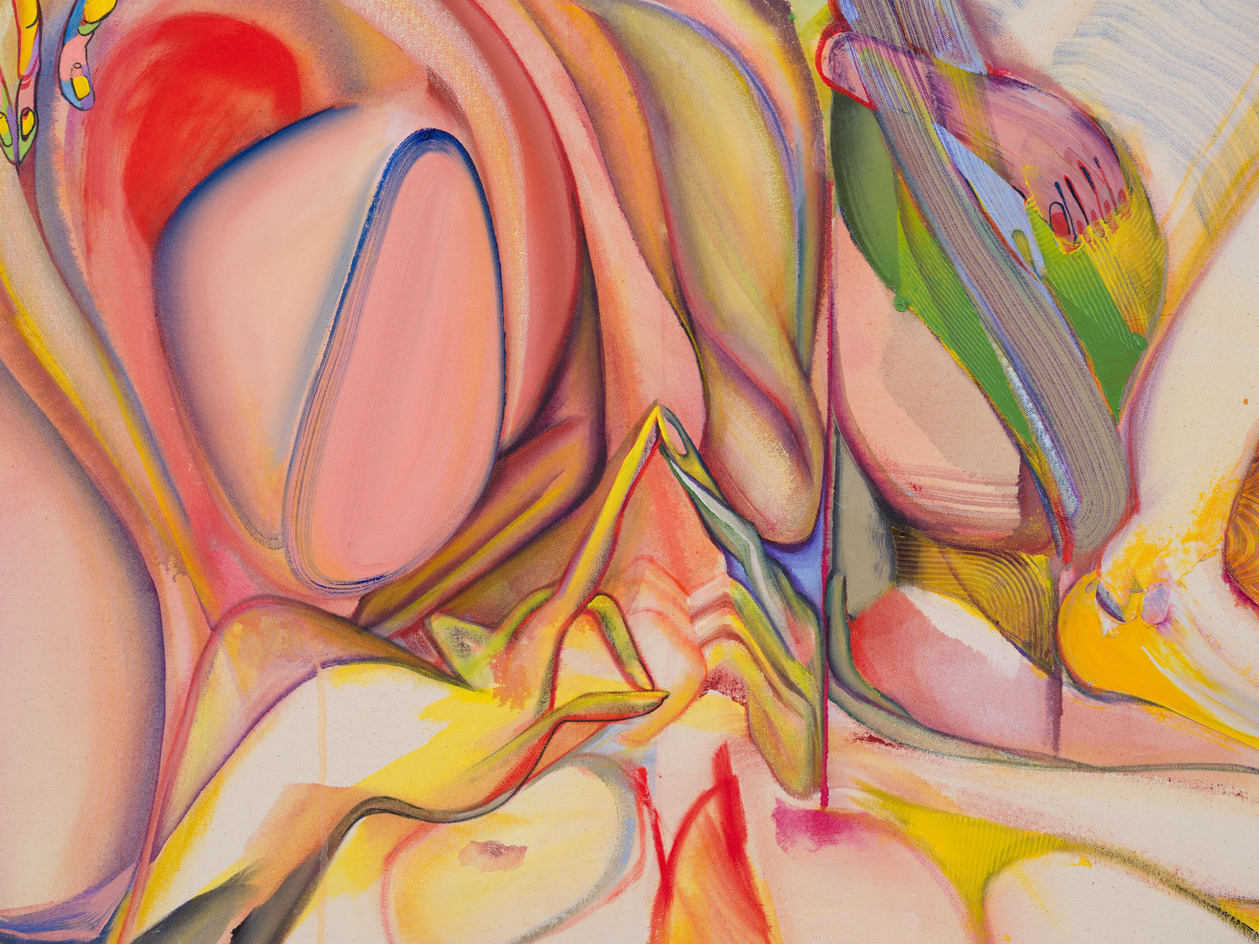
Christina Quarles keeps a folder filled with text documents on her computer desktop: titled ‘thots’, it contains musings on her artistic practice and life. Unpolished and not meant for other eyes, the texts aren’t fully formulated artist statements, but neither are they as personal as a diary. ‘I had a professor who talked about how we need to update drafts about our position in the world,’ the Chicago-born, Los Angeles-raised and -based artist explains. ‘It’s not something that you write once and never look at again; it’s an ongoing drafting process because the world around you changes.’ These thots might never be read by anyone else, but they help Quarles make sense of her life and work within the rest of the world, not unlike her process of creating – puns and all.
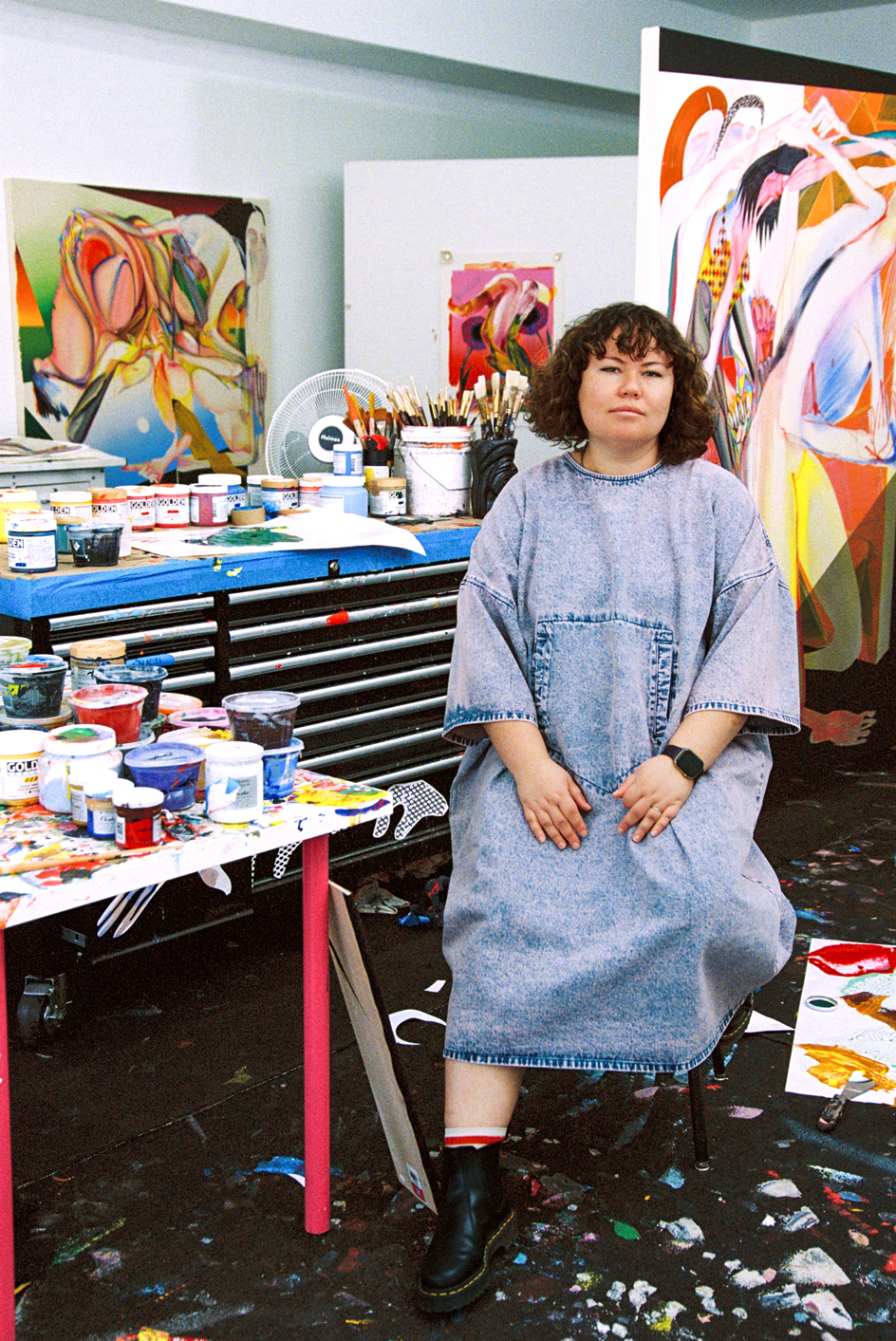
Christina Quarles in her Los Angeles studio, surrounded by works for her upcoming show at Hauser & Wirth Menorca
Working with painting, drawing, and installation, Quarles’ primary subject is the figure. But rather than focusing on the representation of the human body itself, she aims to show what it feels like to exist within a body. Specifically, ‘I use the figure as a way of describing an experience of embodiment,’ she says when we meet in Berlin for the opening of her solo exhibition, 'Collapsed Time' at Hamburger Bahnhof. The results are canvases bursting with what at first appear to be intertwined or outstretched bodies, but upon longer gazes reveal themselves to be fragments and disjointed limbs created with brushstrokes so visceral they feel as if they’re moving. One head might give way to three arms, with a foot or two popping up elsewhere.
Her chosen colour palette is no less unrealistic, with bodies rendered in shade-shifting rainbows of purples, greens, pinks, oranges, and more. Intertwined with her expressive, gestural strokes she creates almost clinically rendered geometric patterns: at an intuitively chosen point when creating a new work, Quarles stops painting, photographs the piece, and then digitally manipulates it to create a pattern. Additionally, some patterns are based on found materials, such as fabrics found in thrift shops or art historical references; in Berlin, she tells me the most recent computerised pattern she’s been developing is based on a photograph of a work by Olafur Eliasson that she saw in a Frieze LA newsletter. From the computer, she prints vinyl stencils, sticks them to the canvas, paints the pattern, and then removes the stencils to reveal the raw canvas and, in turn, the final piece.
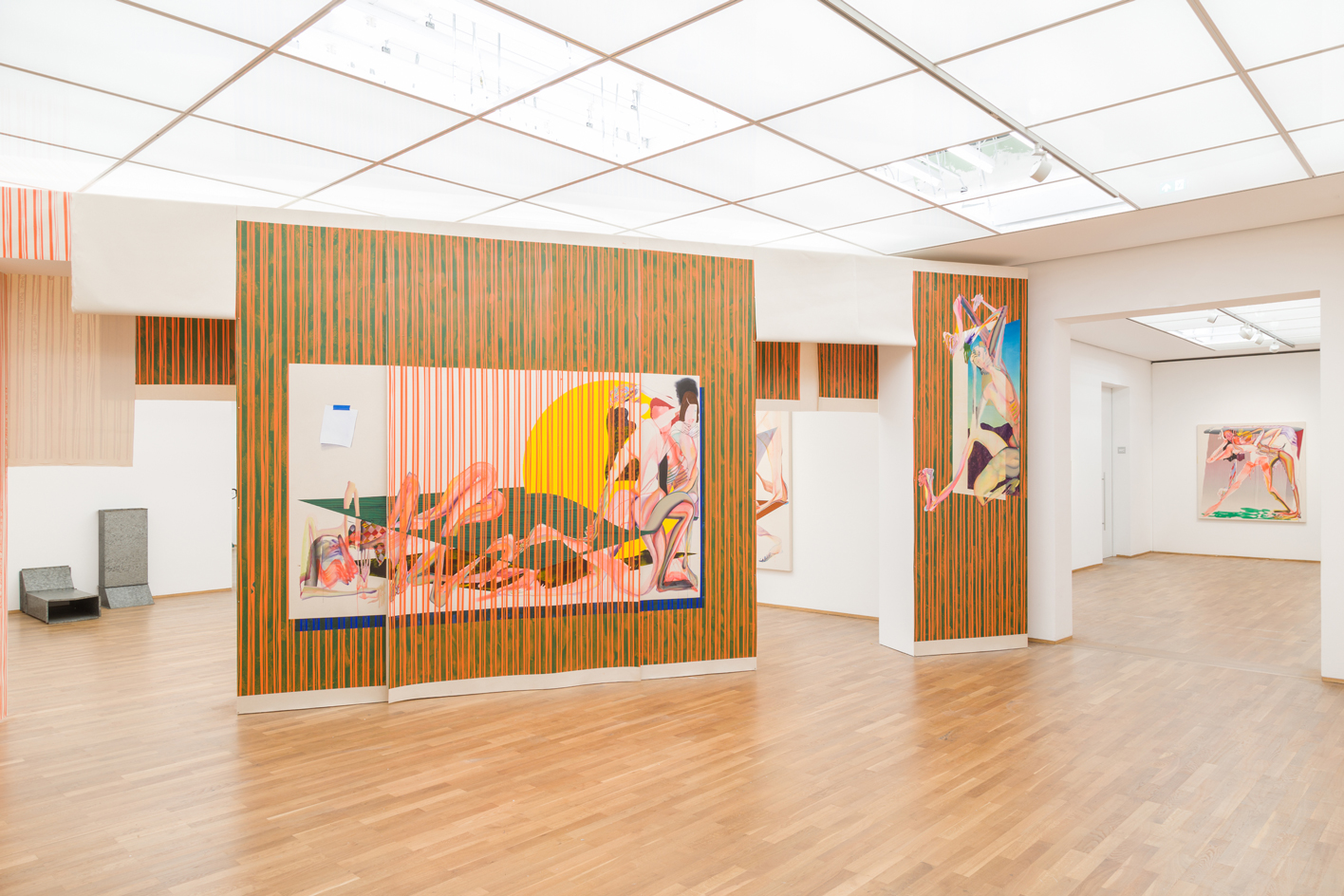
Installation view of Christina Quarles: 'Collapsed Time' Hamburger Bahnhof – Nationalgalerie der Gegenwart
This approach to figuration is Quarles’ way of working through what she was unable to find the language for in writing. During her undergraduate degree, she studied philosophy and wrote a critical race theory thesis about a multiracial identity position – a topic she’d been acutely aware of and interested in, albeit without knowing the terminology, since she was a child. Born to a Black father and white mother, Quarles has relatively light and freckled skin. When kids on the playground asked where she was from or about her family (a common question because ‘in Los Angeles, almost everybody is from somewhere else’, she notes), they’d accuse her of lying when she said she was half Black. ‘From an early age, I was like, “There’s something that’s not quite adding up with these identity categories,”’ she remembers. ‘I was very curious about what it means to have that feeling of loneliness and isolation from not sharing the way that I felt with the way that people saw me.’
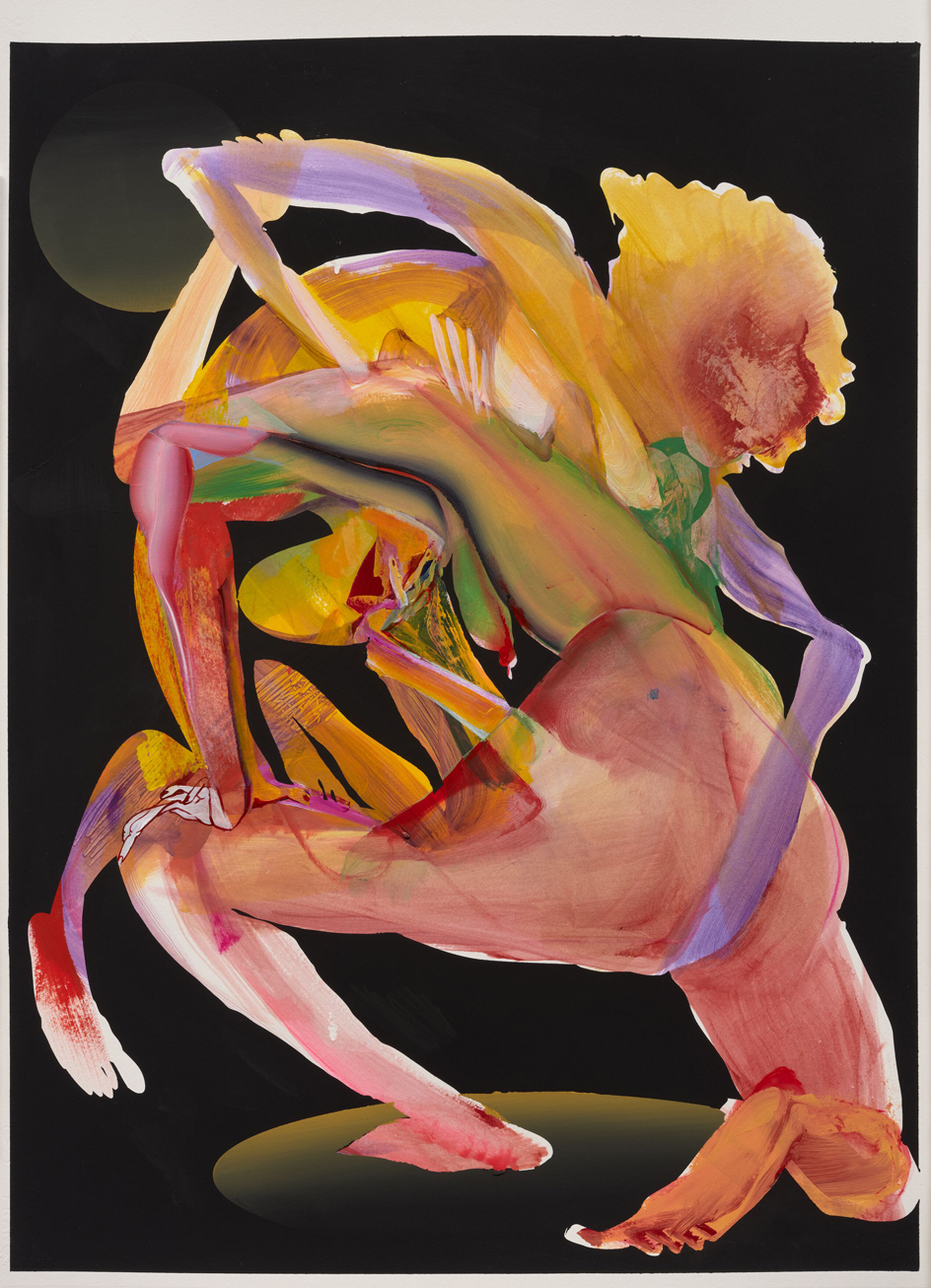
Christina Quarles, Wrestlin', 2023, Acrylic on paper
After working through what she could with written language in college, she knew she was fated to explore such topics of identity through art – the field she also knew she ultimately wanted to work in, as she had developed a serious commitment to drawing and painting throughout her adolescence.
Quarles attended her first live figure drawing class at the age of 12 (an older cousin once gave her art lessons as a birthday gift), and she attended a special high school for the arts in LA. ‘Because I had gone to an arts high school, I felt like I understood a lot of technique, but I didn’t have any good ideas I wanted to make paintings about,’ she recalls. So, after using ‘language to figure out where I wanted to go’ in undergrad, she attended Yale’s MFA programme ‘to really think about ideas [through art]’. There she began using drawing and painting to explore the ‘idea of being embodied rather than looking at a body’ and ‘to point to multiply situated identities –identities that are lacking legibility due to an excess of identity rather than a lack of it.’ While language had proven to be a ‘very difficult [medium] to explore this idea of simultaneity in an eloquent way’, visually translating these ideas resulted in powerful, visual figurative abstractions.
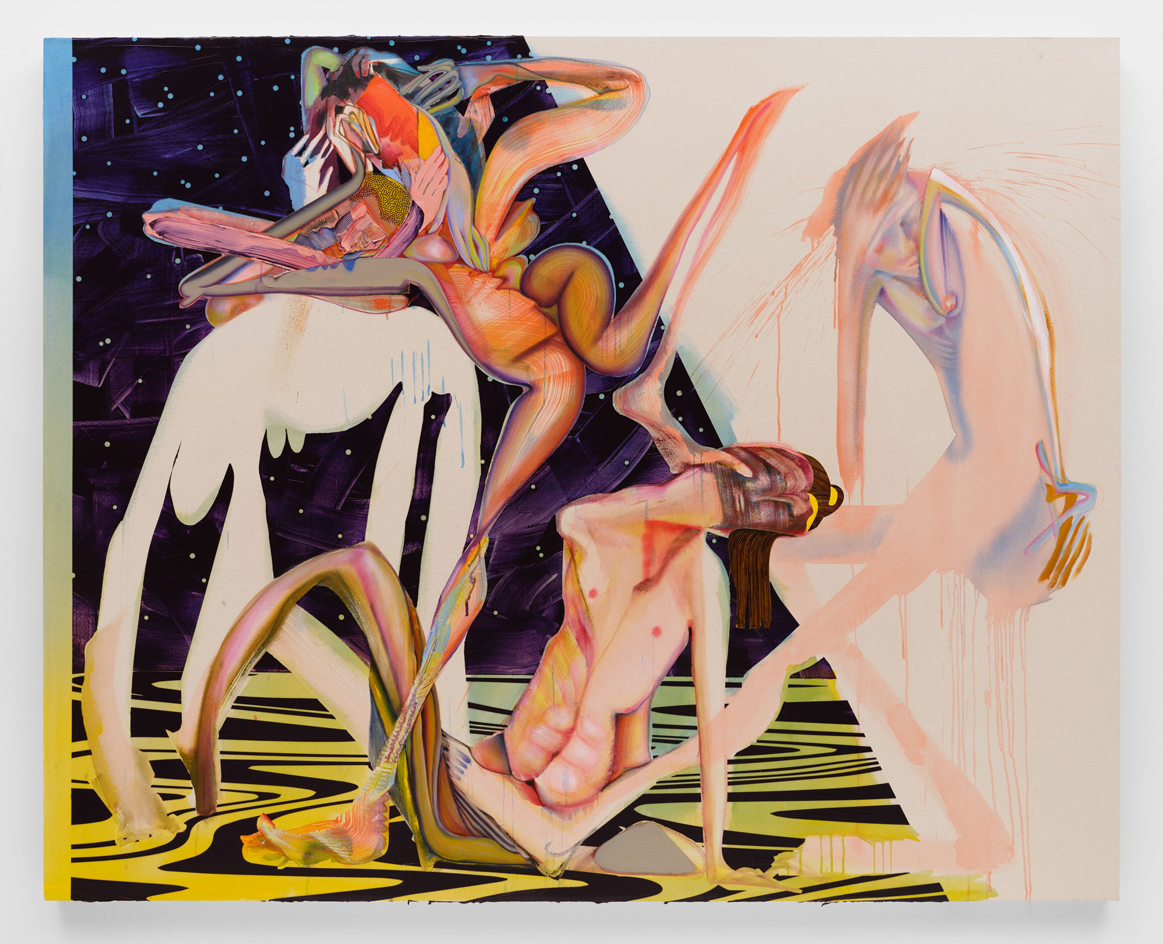
Christina Quarles, Slick, 2022, on view 'Collapsed Time' at Hamburger Bahnhof
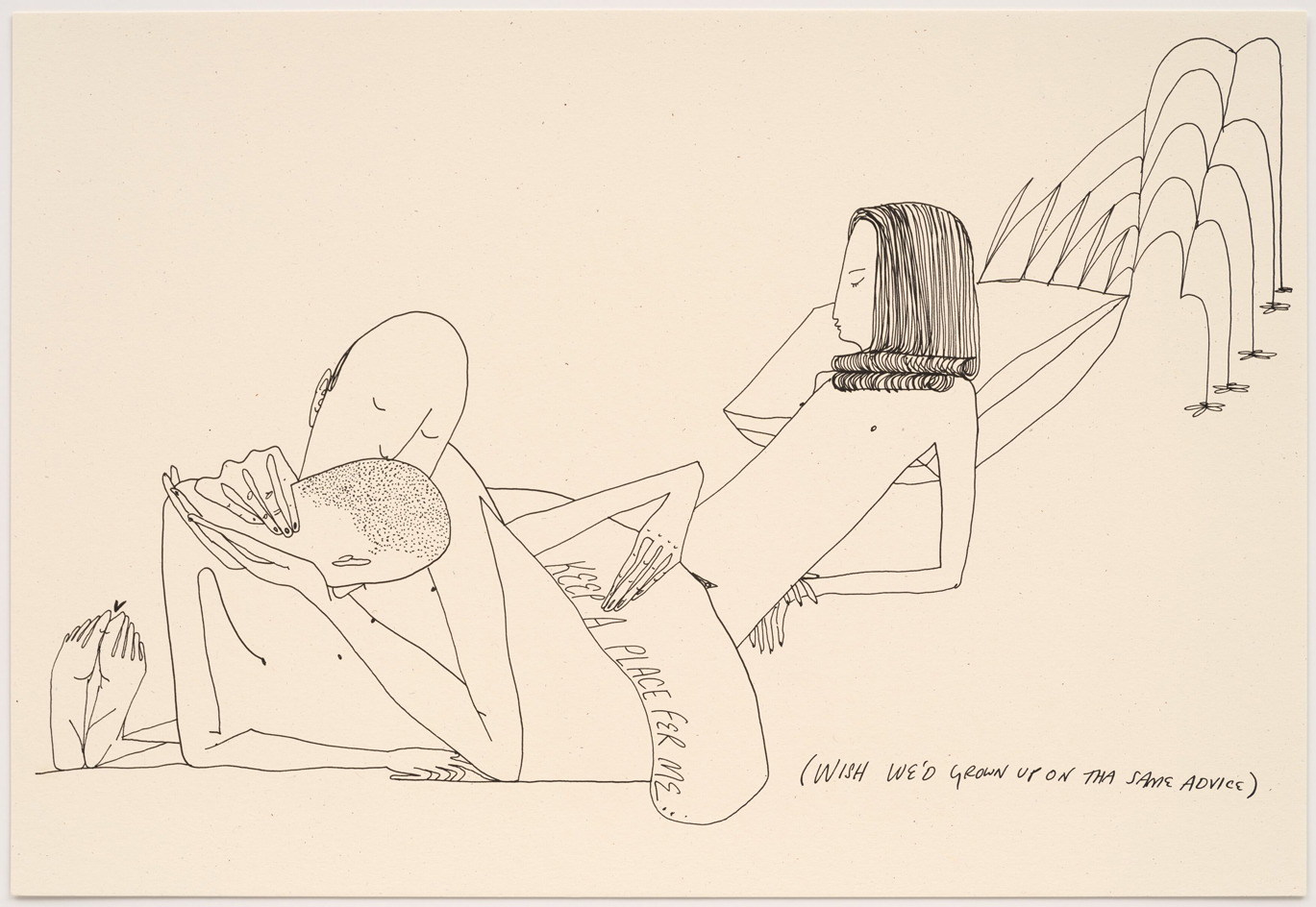
Christina Quarles, Wish We'd Grown Up on tha Same Advice, 2023, Ink on paper
At first, Quarles’ paintings incorporated text, but she soon left words behind. ‘I found that there was too much of a temptation for the viewer to latch onto the text as the direct description or solution to the imagery,’ she has previously said. Her drawings, however, still use words: ‘I think that since the drawings are made entirely of lines produced with a pen, the text can be more integrated into the visuals and not necessarily read as descriptive captions.’
Receive our daily digest of inspiration, escapism and design stories from around the world direct to your inbox.
Yet even without words her paintings still incorporate puns and double entendre; they are just rendered visually instead of textually. In works such as An Absence the Size of Yew (2019) or Vulgar Moon (2016), a floral pattern opens multiple lines of thought. It could represent a sprawling landscape as well as a bedsheet or a tablecloth within a domestic space. In SLICK (2022), a polka-dotted deep-purple plane appears at once like a starry night sky and a club’s darkened disco-ball-illuminated wall. Whether the figures are setting up a picnic blanket or in bed, roaming together beneath the stars or dancing intimately, is purposefully left ambiguous.
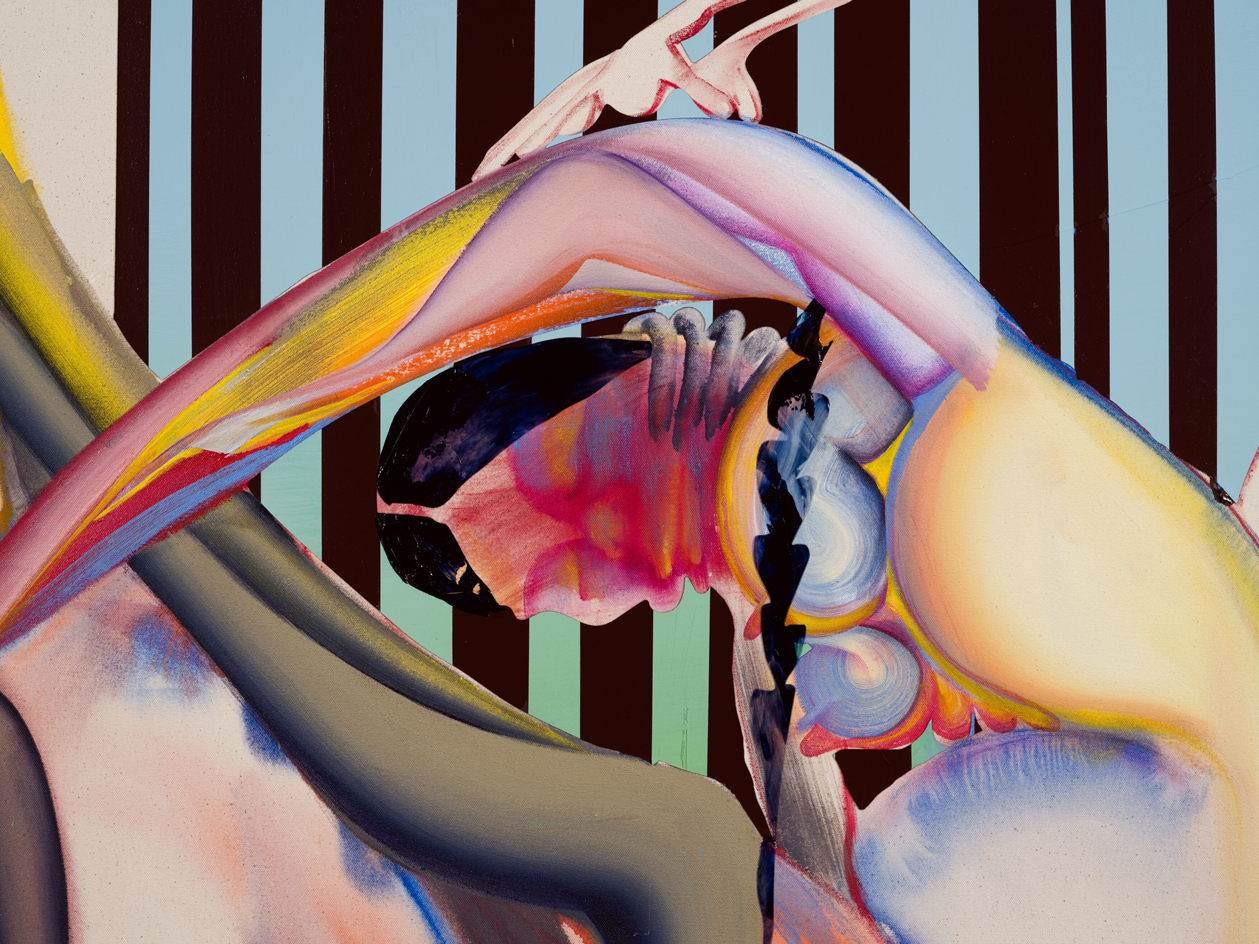
Christina Quarles, All They Seem (detail), 2023
Most recently, Quarles has been experimenting with a new form: painting with acrylics on watercolour paper. The new works, which will make their debut next month in a major solo show at Hauser & Wirth’s Menorca location, tackle similar subject matter but posed a new challenge through their size. The figures within her paintings are made within the reach of her shoulder rotation, and those within her drawings are made according to the movements of her wrist. But these new works are on ‘a scale that doesn’t work well with any part of my body’, she notes with both a laugh and a slight sense of trepidation. At the same time, she acknowledges that there’s no way to move forward without growth and reassessment, be it through experimenting with new forms, redrafting an artist statement, or further learning –an important part of any practice that will also be explored in Menorca through an Education Lab with events and workshops for the local community. As Quarles says, ‘A studio practice is a continuum that’s always being interrupted and those interruptions are important and generative.’
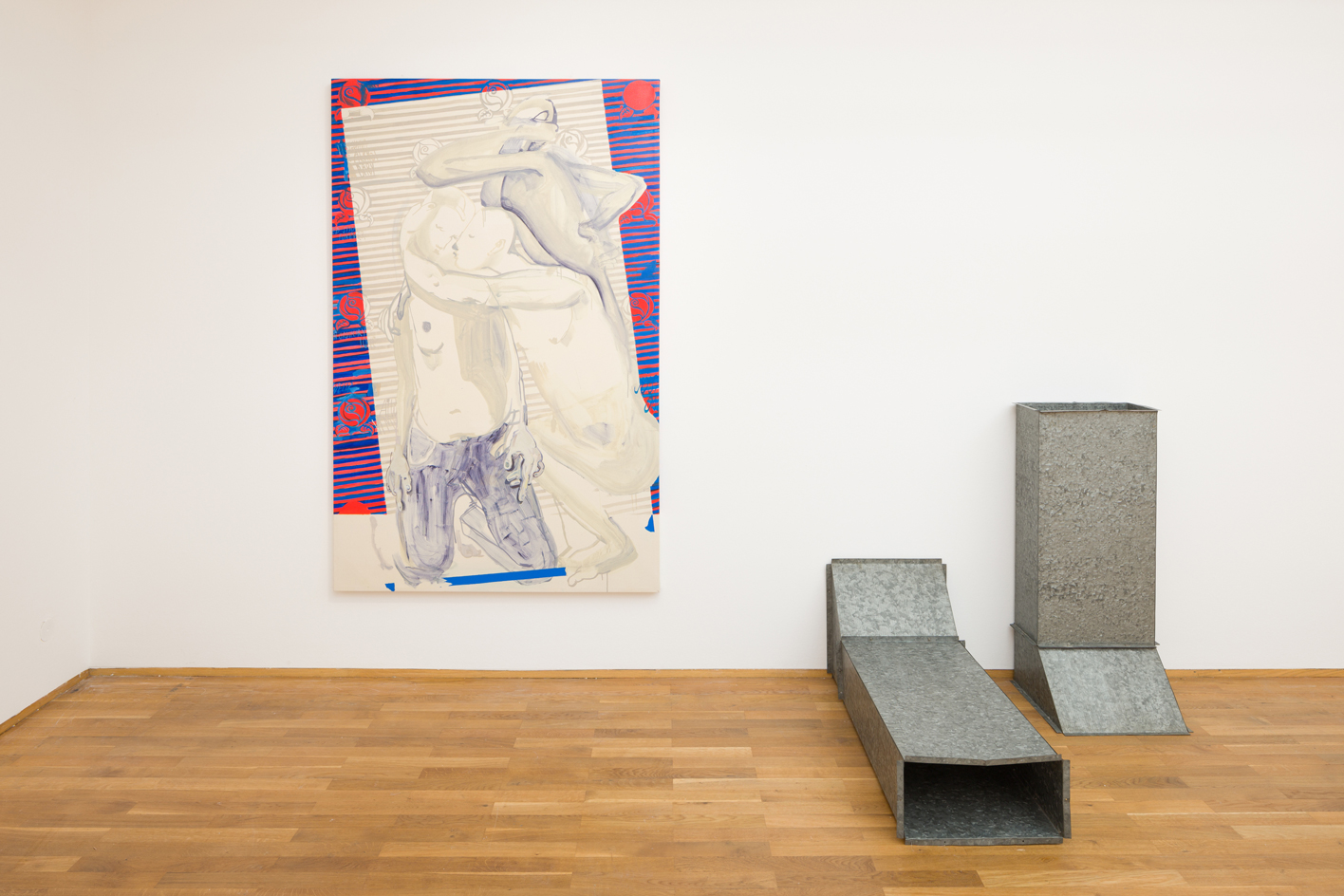
Christina Quarles: 'Collapsed Time', Hamburger Bahnhof – Nationalgalerie der Gegenwart
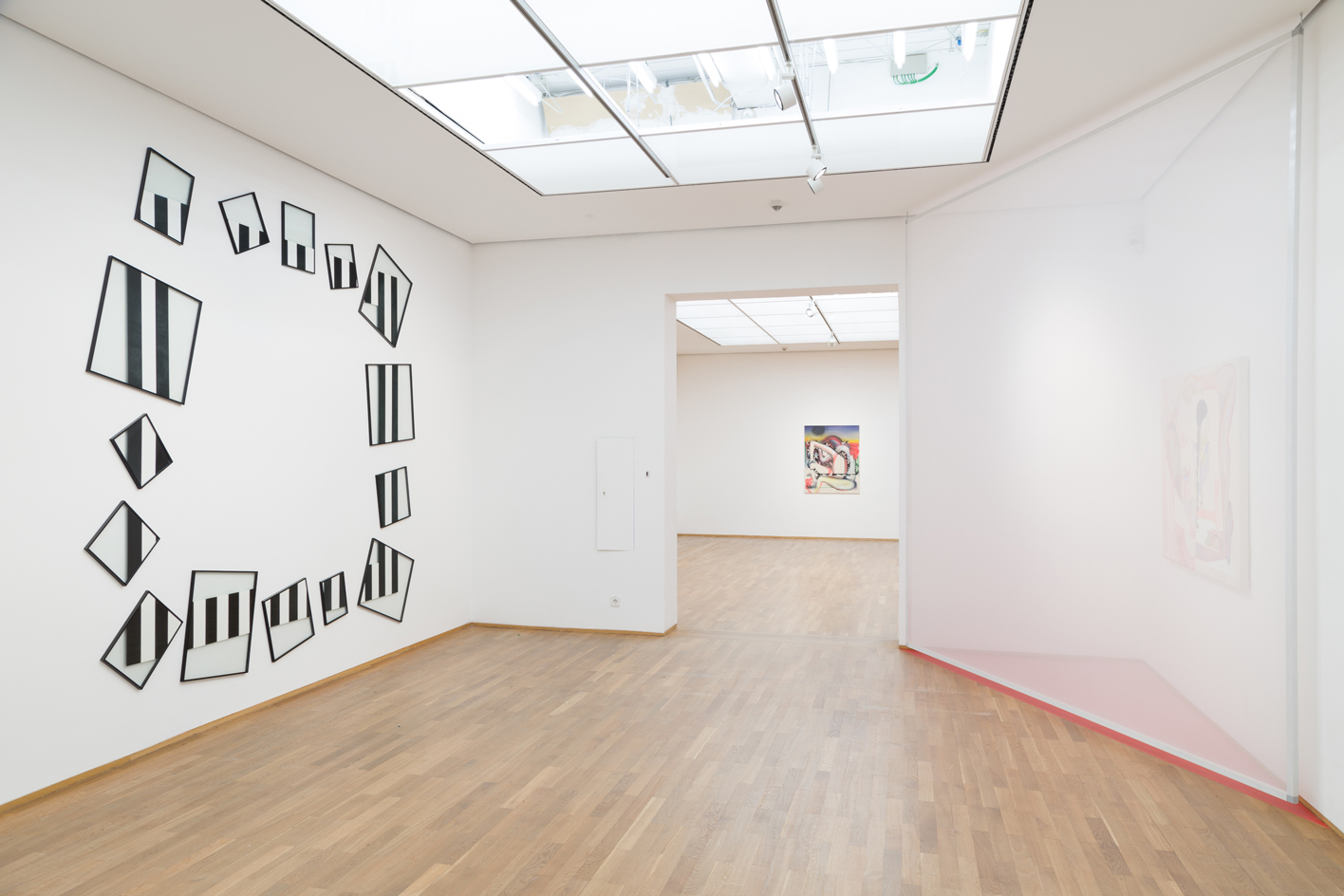
Christina Quarles: 'Collapsed Time', Hamburger Bahnhof – Nationalgalerie der Gegenwart
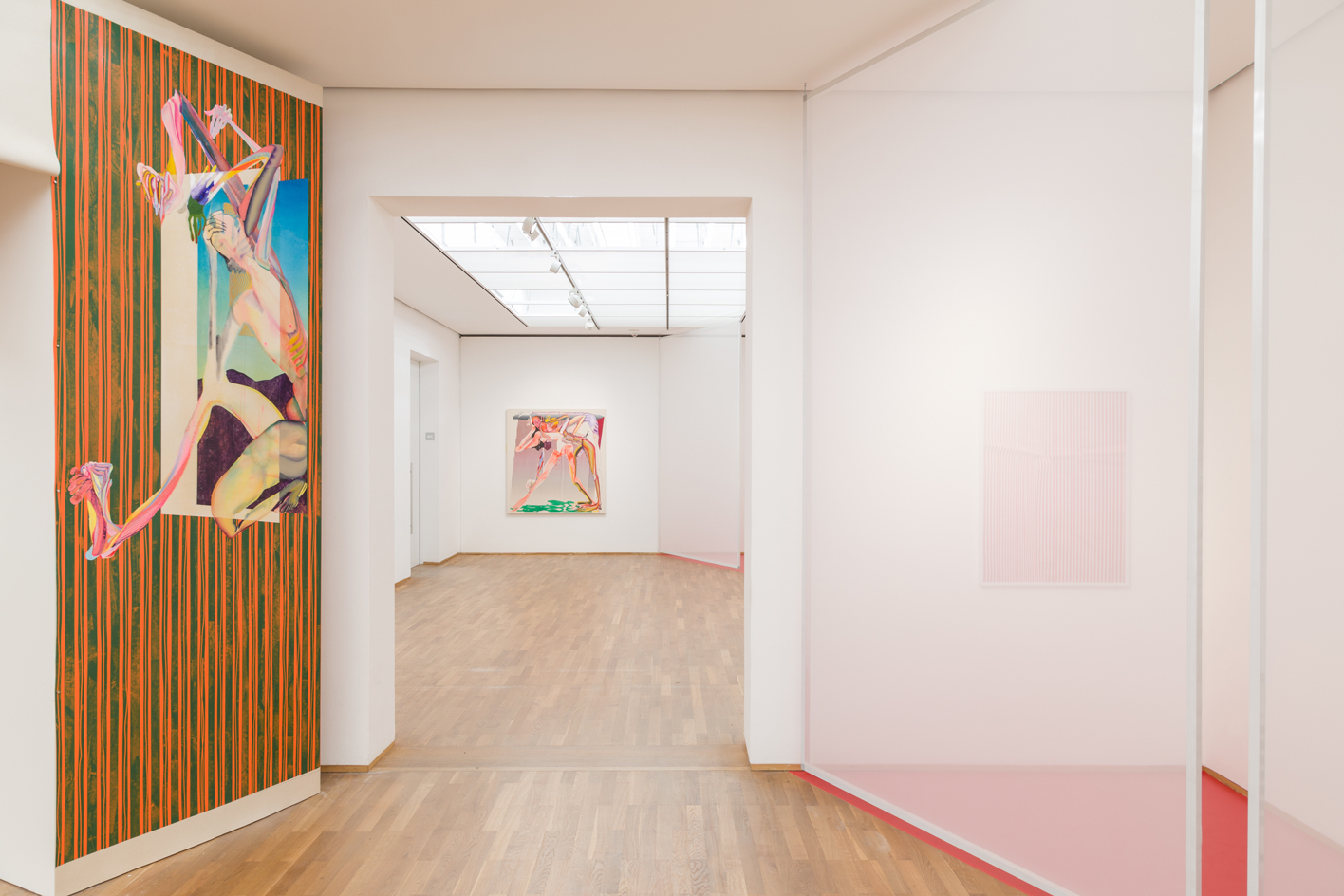
Installation view of Christina Quarles: 'Collapsed Time', Hamburger Bahnhof – Nationalgalerie der Gegenwart
Christina Quarles: 'Collapsed Time', is on view at Hamburger Bahnhof until 17 September 2023. smb.museum
Quarles' exhibition at Hauser & Wirth Menorca runs from 17 June - 29 October 2023. hauserwirth.com
-
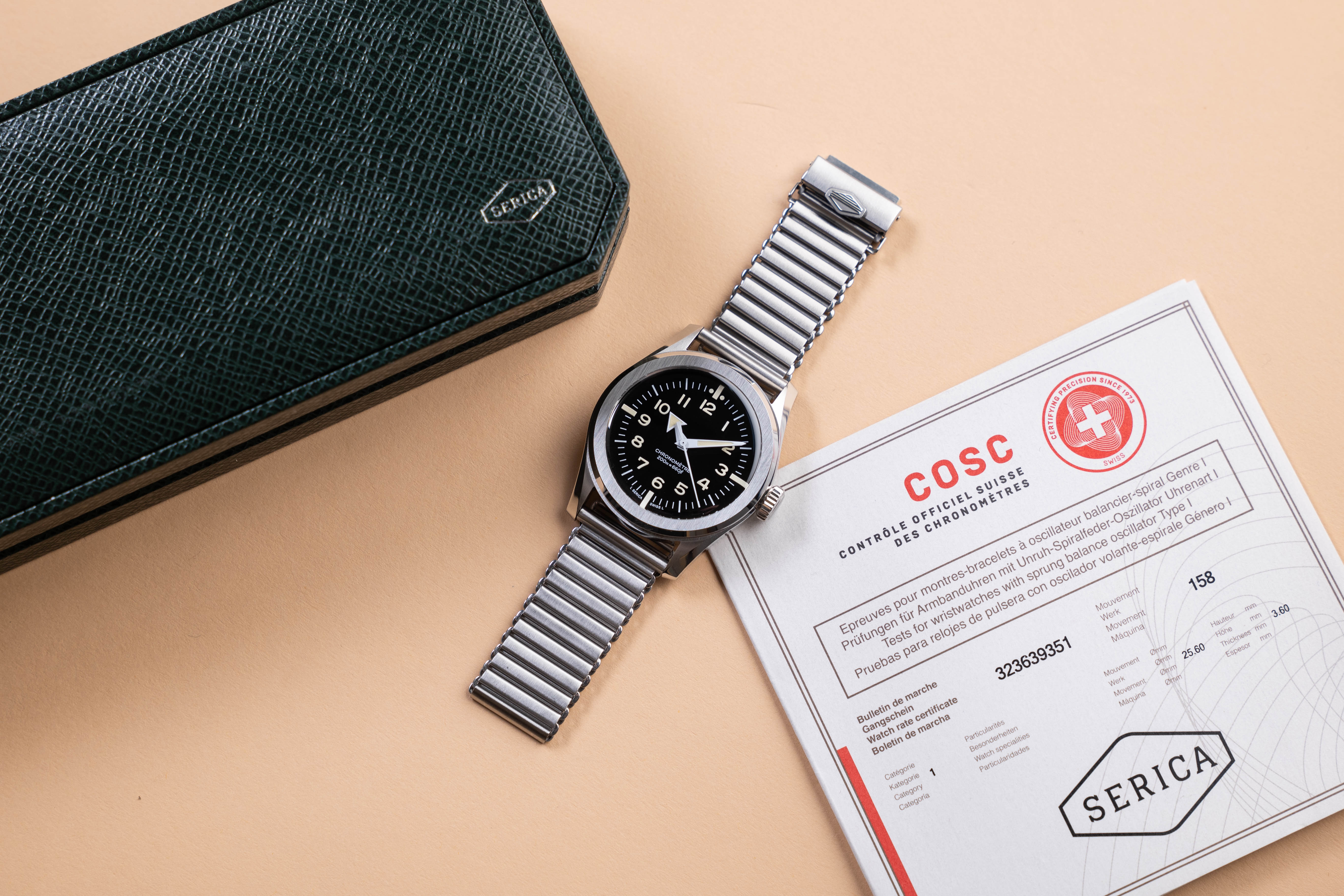 Click to buy: how will we buy watches in 2026?
Click to buy: how will we buy watches in 2026?Time was when a watch was bought only in a shop - the trying on was all part of the 'white glove' sales experience. But can the watch industry really put off the digital world any longer?
-
 Don't miss these art exhibitions to see in January
Don't miss these art exhibitions to see in JanuaryStart the year with an inspiring dose of culture - here are the best things to see in January
-
 Unmissable fashion exhibitions to add to your calendar in 2026
Unmissable fashion exhibitions to add to your calendar in 2026From a trip back to the 1990s at Tate Britain to retrospectives on Schiaparelli, Madame Grès and Vivienne Westwood, 2026 looks set to continue the renaissance of the fashion exhibition
-
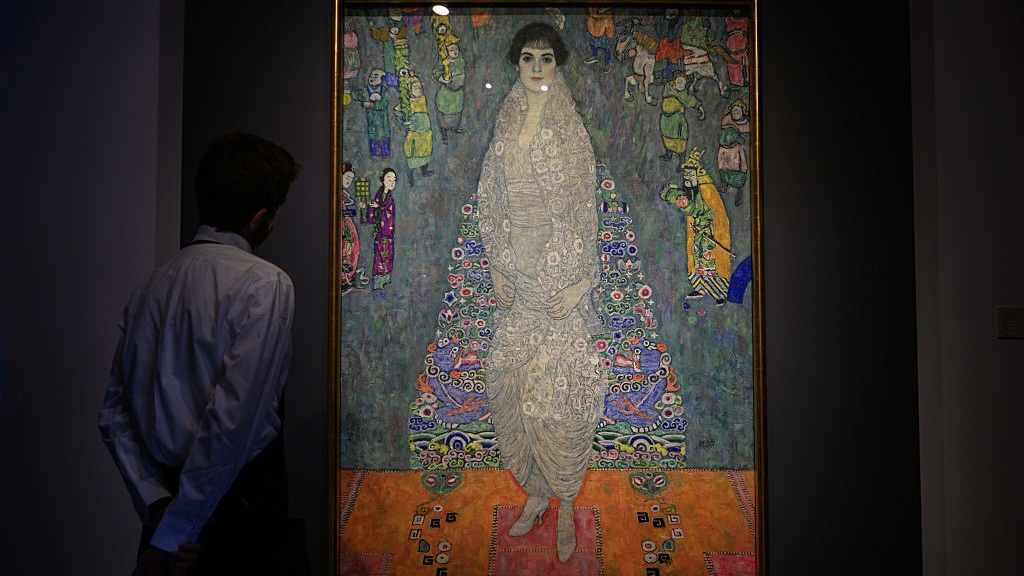 This Gustav Klimt painting just became the second most expensive artwork ever sold – it has an incredible backstory
This Gustav Klimt painting just became the second most expensive artwork ever sold – it has an incredible backstorySold by Sotheby’s for a staggering $236.4 million, ‘Portrait of Elisabeth Lederer’ survived Nazi looting and became the key to its subject’s survival
-
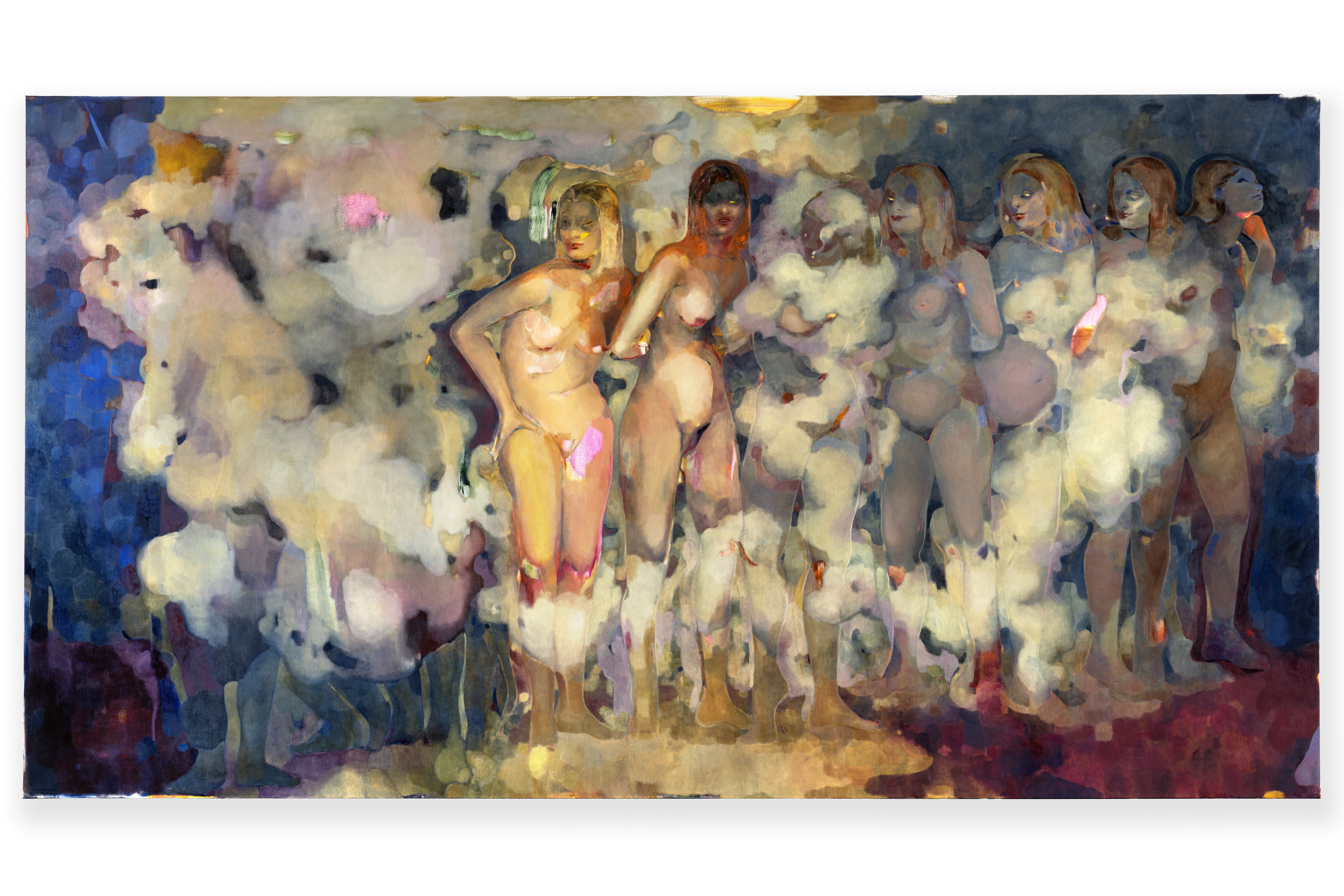 Meet Eva Helene Pade, the emerging artist redefining figurative painting
Meet Eva Helene Pade, the emerging artist redefining figurative paintingPade’s dreamlike figures in a crowd are currently on show at Thaddaeus Ropac London; she tells us about her need ‘to capture movements especially’
-
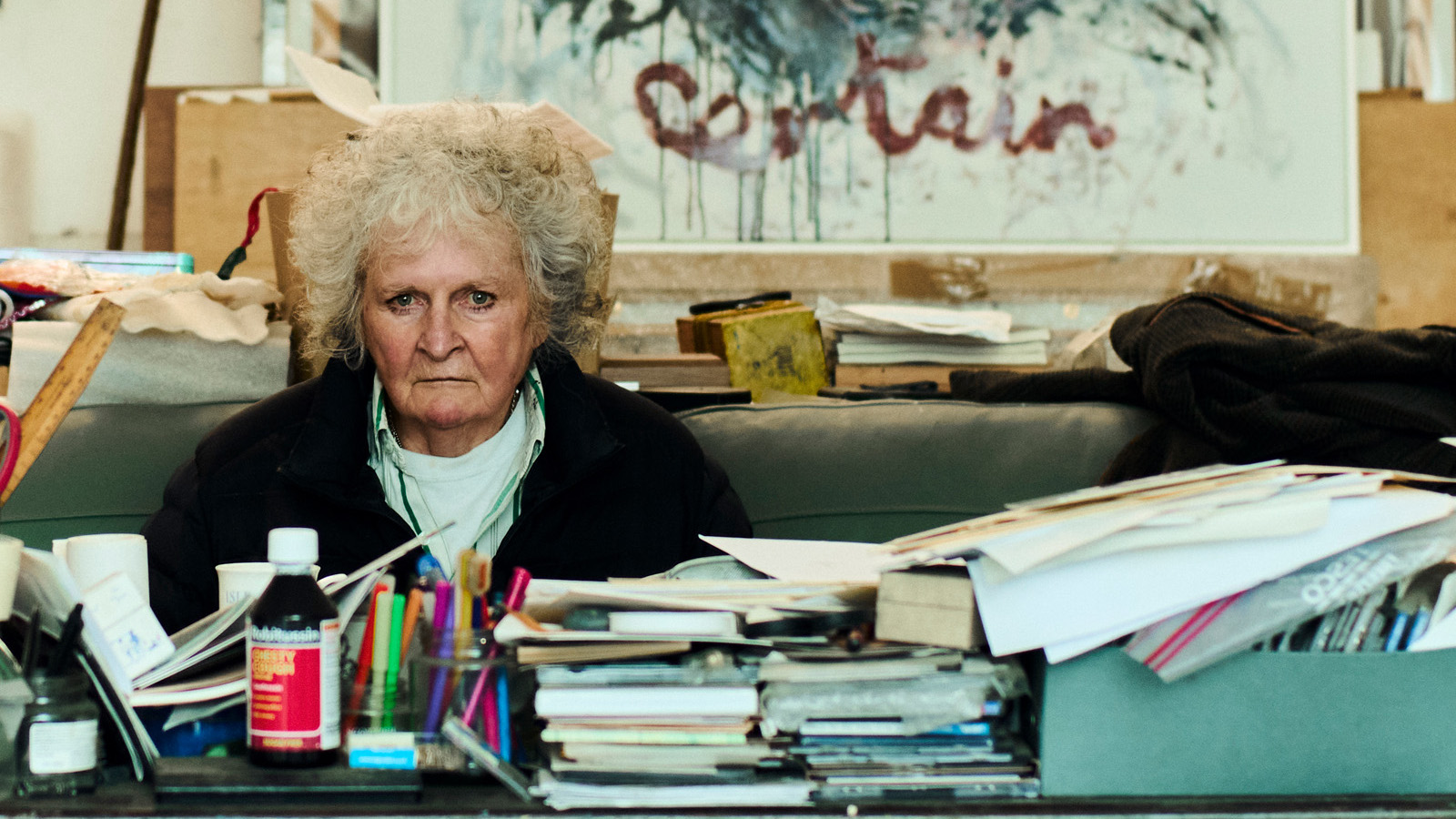 Maggi Hambling at 80: what next?
Maggi Hambling at 80: what next?To mark a significant year, artist Maggi Hambling is unveiling both a joint London exhibition with friend Sarah Lucas and a new Rizzoli monograph. We visit her in the studio
-
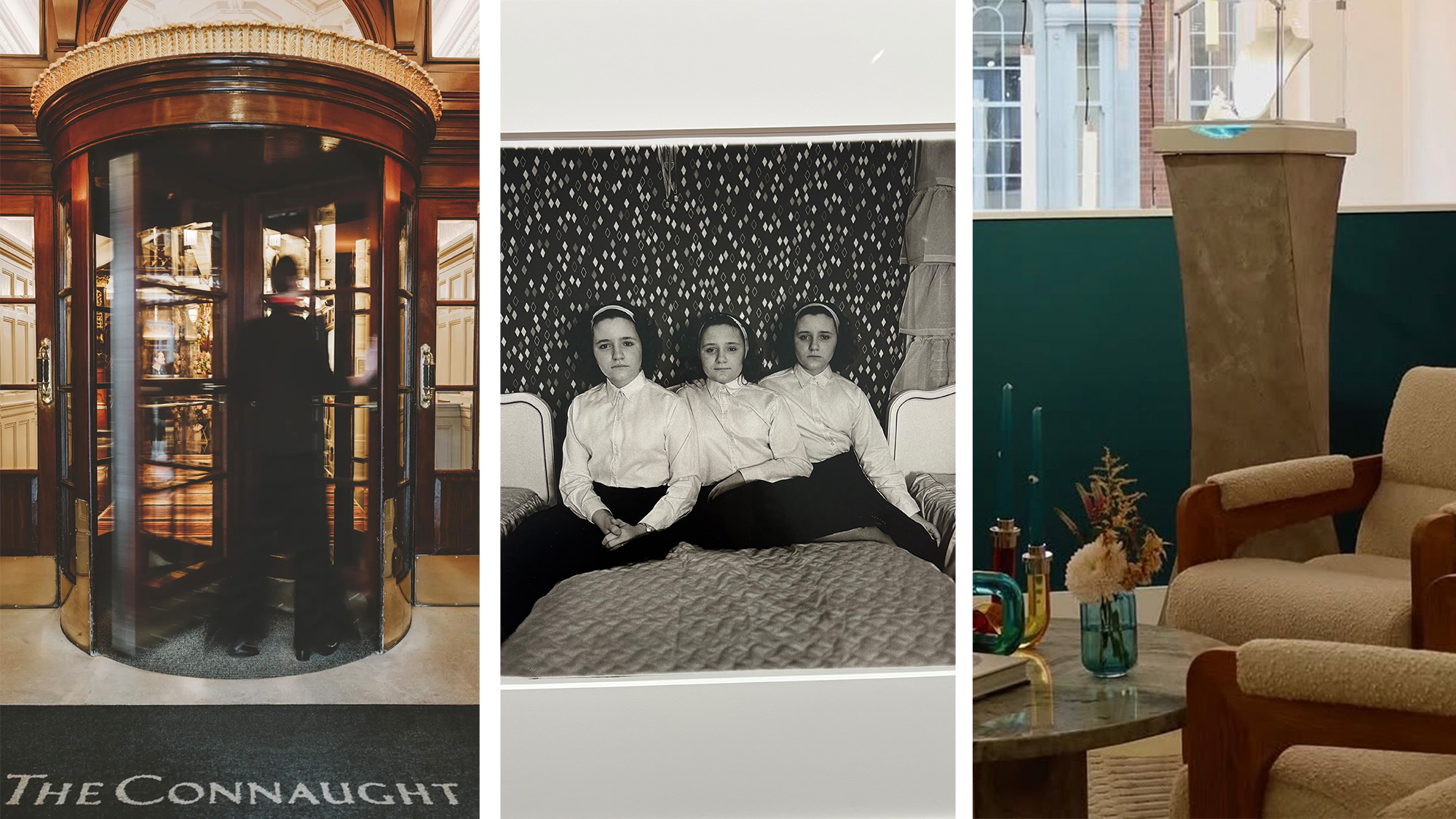 Out of office: The Wallpaper* editors’ picks of the week
Out of office: The Wallpaper* editors’ picks of the weekThis week, the Wallpaper* editors curated a diverse mix of experiences, from meeting diamond entrepreneurs and exploring perfume exhibitions to indulging in the the spectacle of a Middle Eastern Christmas
-
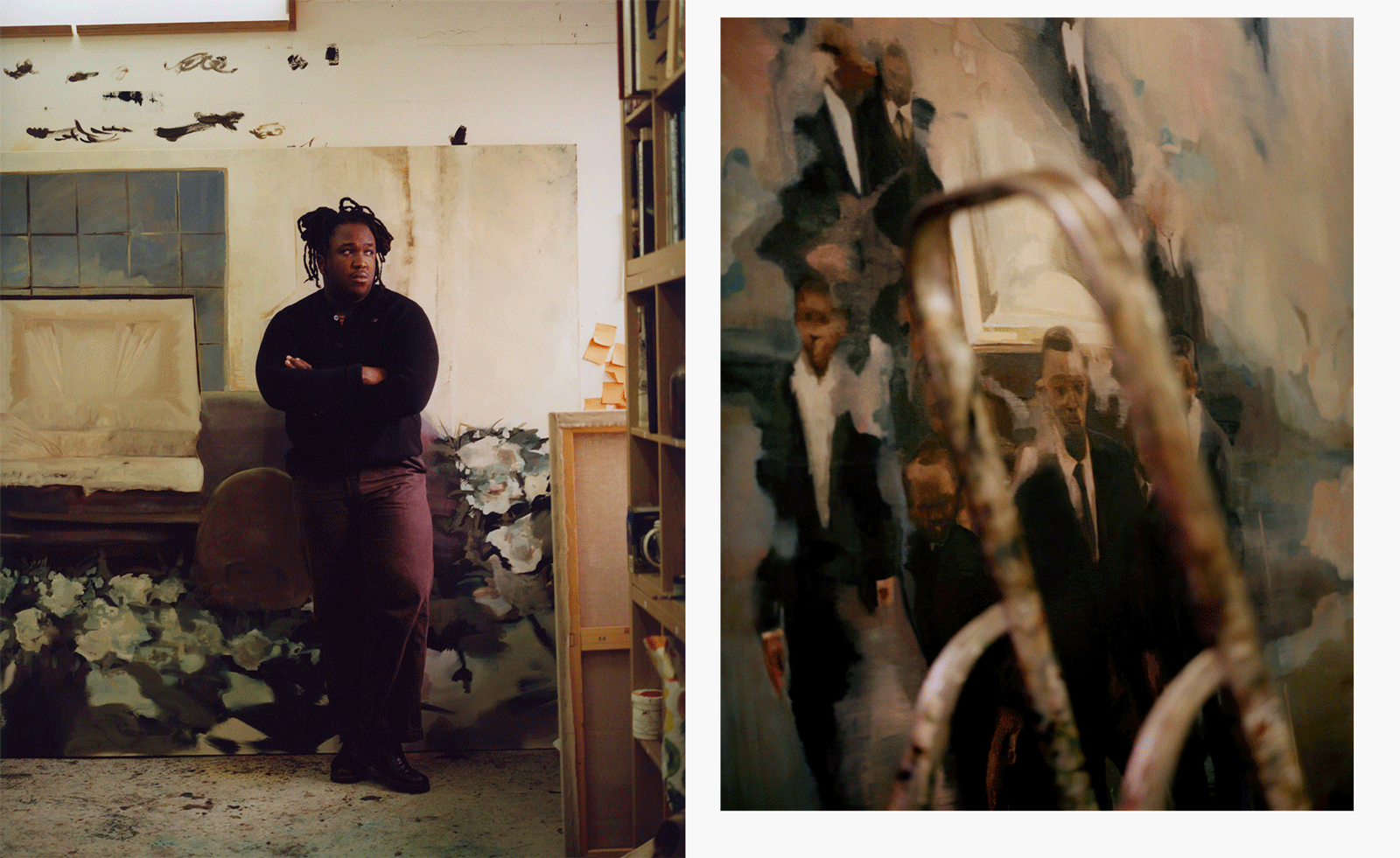 Artist Shaqúelle Whyte is a master of storytelling at Pippy Houldsworth Gallery
Artist Shaqúelle Whyte is a master of storytelling at Pippy Houldsworth GalleryIn his London exhibition ‘Winter Remembers April’, rising artist Whyte offers a glimpse into his interior world
-
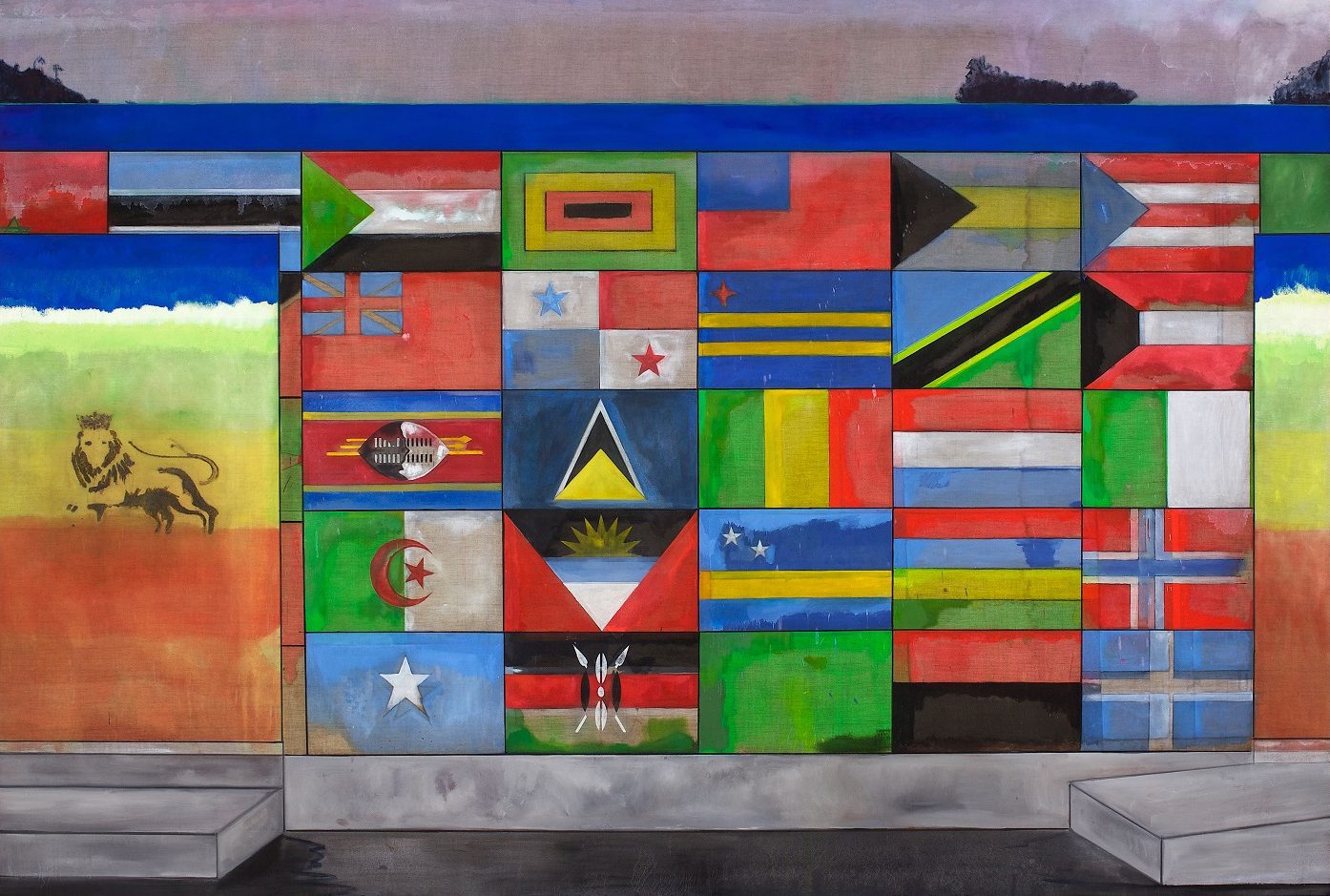 ‘Sit, linger, take a nap’: Peter Doig welcomes visitors to his Serpentine exhibition
‘Sit, linger, take a nap’: Peter Doig welcomes visitors to his Serpentine exhibitionThe artist’s ‘House of Music’ exhibition, at Serpentine Galleries, rethinks the traditional gallery space, bringing in furniture and a vintage sound system
-
 Classic figurative painting is given a glamorous and ghostly aura by Polish artist Łukasz Stokłosa
Classic figurative painting is given a glamorous and ghostly aura by Polish artist Łukasz StokłosaThe gothic meets the glamorous in Stokłosa’s works, currently on show at London’s Rose Easton gallery
-
 What's the story with Henni Alftan’s enigmatic, mysterious paintings? The artist isn’t saying
What's the story with Henni Alftan’s enigmatic, mysterious paintings? The artist isn’t sayingParis-based artist Henni Alftan's familiar yet uncanny works are gloriously restrained. On the eve of a Sprüth Magers exhibition in Berlin, she tells us why